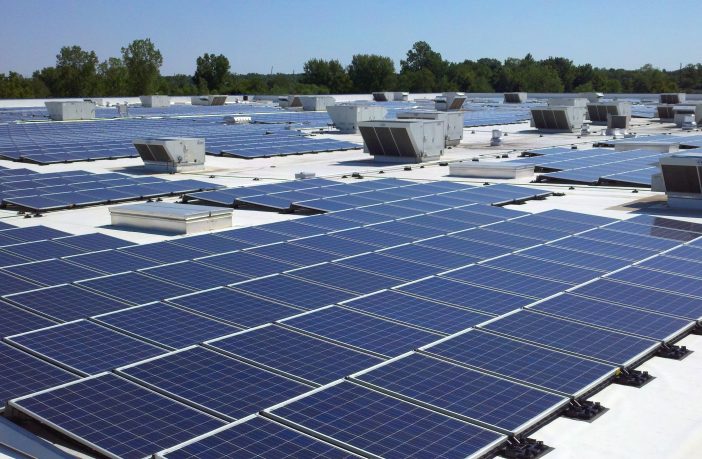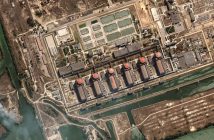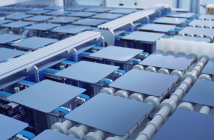Webinar Outcome
- Now that loadshedding is back, renewed attention will be focused on self-generated embedded power, which is becoming less of a pipedream across South Africa.
Speaking during a recent webinar in collaboration with ESI Africa, GreenCape energy programme manager Jack Radmore said the lockdown has put a lot of pressure on the South African government for a post-COVID-19 recovery to be a green one and to push forward on utility-scale procurement of renewable energy.
Over the last 100 days, the national regulator published their concurrence with the Minister of Energy’s determination for procurement of energy, highlighted they are concentrating on the immediate procurement of emergency power and said they would try to roll out the utility-scale procurement programme to procure again towards the end of this year or early next year: “So, really nice signs of what is to come on the back of this renewed pressure,” said Radmore.
While economic experts expect a contraction of the South African economy to hit anything between 6 and 9% because of the COVID-19 pandemic related lockdown, the knock-on effect on industry and consumers will play out in various ways.
As industries like mining ramp up and the energy demand pattern return to normal, so too does loadshedding but business and the private sector are ramping up their efforts to procure their own power.
Radmore calls embedded power generation one of the most exciting local investments markets over the last two to three years, led by the installation of rooftop solar PV.
This burgeoning market is driven by energy insecurity firstly, as business owners came to the realisation that loadshedding would be around for years and started planning how to improve their energy security through embedded power generation and energy storage.
Cost of electricity
“Over the last seven or so years we have also seen an almost 300% increase in the electricity costs in South Africa. In this year alone we have seen between a 9% and 15% increase. These unsustainable increases are another big driver for why companies are starting to search for efficiency measures to provide a sustainable or stable cost of electricity. One of the other big drivers we’ve seen is the reduction in the price of renewable energy options,” explained Radmore.
Using the example of an average commercial solar PV installation of between 400 and 500 kilowatt peak, Radmore says their cost of electricity per kilowatt-hour can average between 85c and 90 cents per hour as opposed to an average grid price per hour of R1.10.
“Also, the real shift in innovative financing or procurement models for rooftop solar PV, moving away from turnkey balance sheet as the only option to including options like power purchase agreements or crowdsourcing and crowdfunding is also driving the market forward,” said Radmore.
Moves to allow municipalities to procure directly from power producers might also change the dynamic of investment in the South African energy sector: “From an investor perspective, it increases the number of potential off-takers to allow a better return on investment since you’re looking at multiple municipalities instead of just Eskom as your off-taker.
“It also opens up some great opportunities for a couple of projects that are already in design and have potentially stalled, looking specifically at the 1 to 10MW projects that are currently classified under the REIPPP small scale programmes, which could be unlocked and allow for municipalities to procure directly from those projects, really moving forward quite a large amount of investment and potential jobs as well,” said Radmore.
These and other potential investment opportunities in the energy, water and waste sectors are outlined in sector development agency GreenCape’s 2020 Market Intelligence Reports which are available for download.
Listen to the full recorded webinar here.
Sector development agency GreenCape specialises in understanding and unlocking opportunities in the green economy. Their annual Market Intelligence Reports (MIR) reveal a range of opportunities currently emerging in the South African Greentech sector
Author: Theresa Smith
This article was originally published on ESI Africa and is republished with permission with minor editorial changes.











